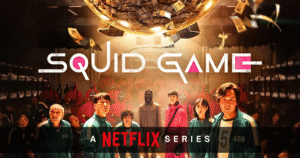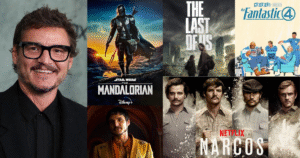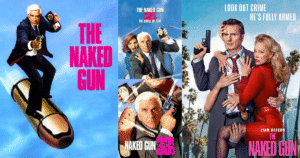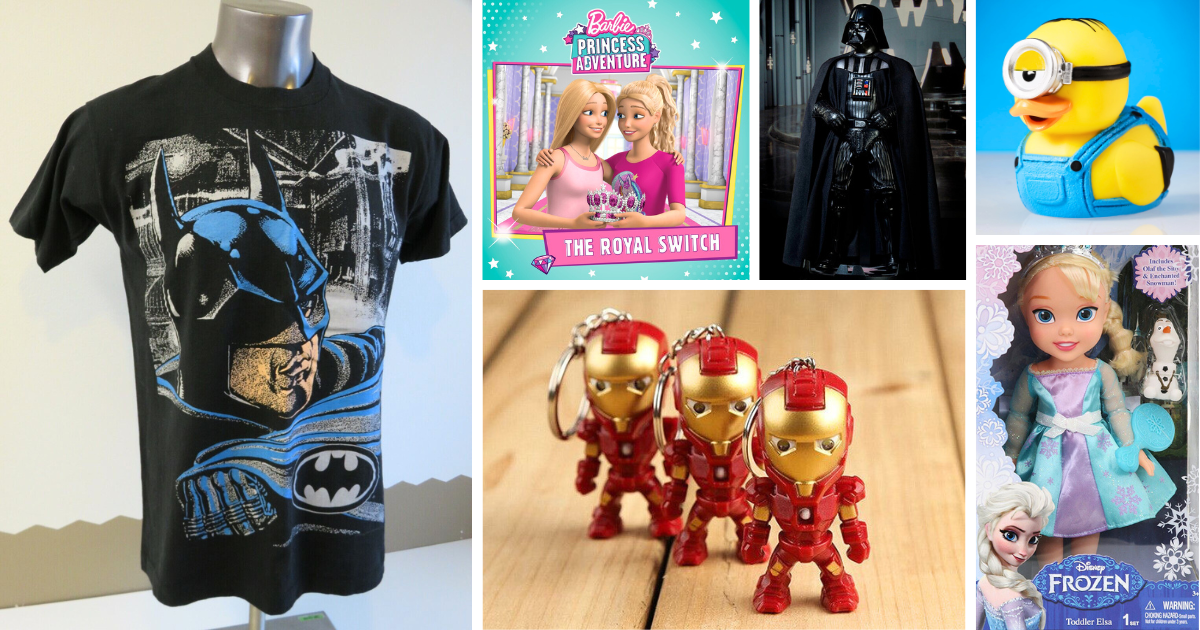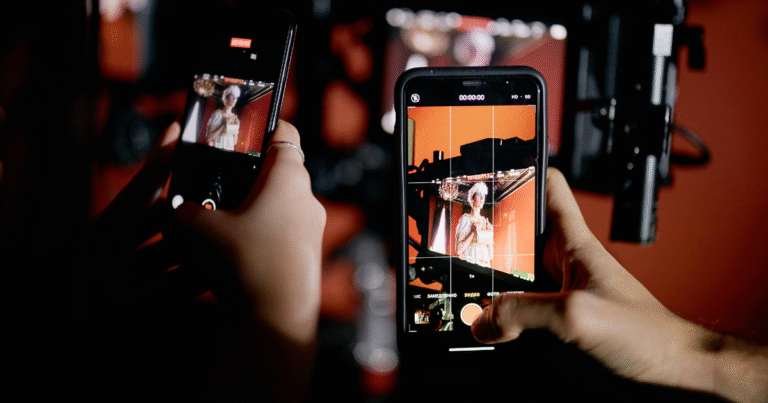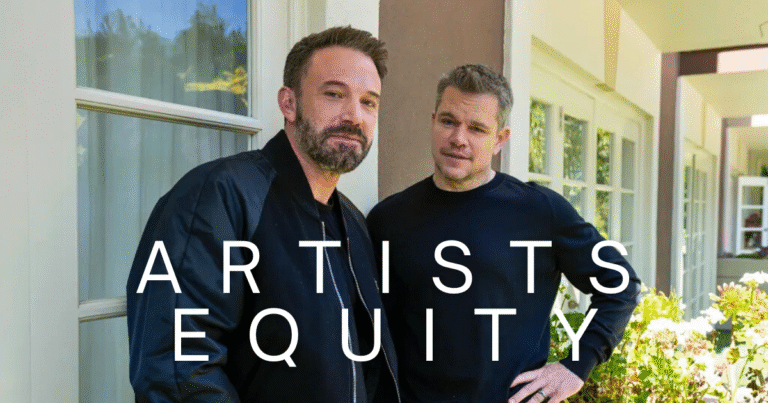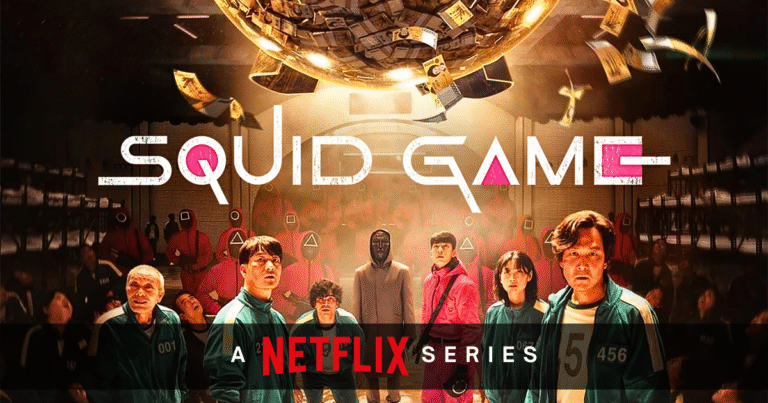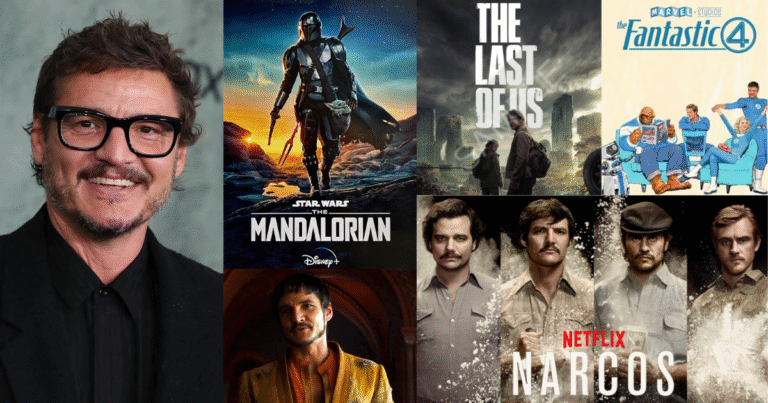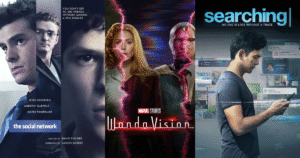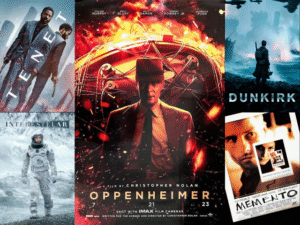When you think about your favorite movie, what comes to mind? Maybe it’s a quote, a powerful scene, or the lead actor’s performance. But for many fans, it’s also the merchandise, the T-shirt, action figure, coffee mug, or collector’s item that lets them take a piece of the story home.
Movie merchandise isn’t just about fan service. It’s a multi-billion-dollar business that continues to grow every year. From Marvel to Minions, Star Wars to Barbie, films are no longer just entertainment, they’re full-blown brands. And the products they inspire often make more money than the movies themselves.
Let’s take a closer look at how the business of movie merchandise works, why it matters, and why it’s more important now than ever before.
Why Merchandise Matters
At its core, movie merchandise is about extending the life of a film. A movie might be in theaters for a few weeks or months, but merchandise can live on for years, sometimes decades.
Think about Star Wars. The original trilogy ended in the early 1980s, but kids today still play with lightsabers and wear Darth Vader T-shirts. That’s the power of merchandising. It keeps the story alive and relevant, even when the screen has gone dark.
From a business standpoint, merchandise offers studios a second (and often more predictable) revenue stream. Ticket sales can be hit or miss. But a well-timed merchandise rollout, especially for blockbuster franchises, can rake in steady profits.
The Rise of Franchise Films and Toy Sales
One of the biggest shifts in Hollywood over the past few decades has been the focus on franchise-building. Studios aren’t just trying to make a great movie anymore, they’re trying to build a world that can support sequels, spin-offs, and merchandise.
Pixar, Disney, Marvel, DC, and Universal have all built cinematic universes that are tailor-made for products. It’s not an accident that characters in these films wear bold costumes, wield iconic weapons, or drive cool vehicles, they’re designed to be sold.
In fact, many movies today are developed with merchandise in mind from day one. Toy companies often work closely with production teams to ensure characters will look appealing on shelves and in stores. It’s a full-blown strategy, not a side hustle.
Merchandising: Not Just for Kids
It’s easy to think of movie merchandise as just toys for children, but that’s not the whole picture.
Adult fans are a huge part of the market. Limited-edition collectibles, replica props, designer apparel, and home decor inspired by popular films are in high demand. Just look at brands like Funko, LEGO, or high-end fashion collabs with movies like Dune, Batman, or Stranger Things.
For many fans, buying merchandise is about expressing identity. Wearing a film-themed hoodie or displaying a collectible on a shelf is a way of saying, “This story means something to me.”
When Merch Overshadows the Movie
While merchandise can enhance a film’s impact, there are times when it starts to feel like the tail is wagging the dog.
Some critics argue that studios sometimes prioritize merchandise potential over storytelling. You might have noticed characters or plotlines that seem shoehorned in just to sell a product. The infamous case of Star Wars: The Phantom Menace introducing Jar Jar Binks is often pointed out as a character created with kids and toys in mind.
That said, smart filmmakers have found ways to strike a balance, telling great stories while still building a world that’s merchandise-friendly.
Marketing Magic: Timing Is Everything
For movie merchandise to succeed, timing is crucial.
Studios often start teasing products months before a movie’s release. Trailers, social media campaigns, sneak peeks of toys, and exclusive pre-orders are all part of the buzz-building machine. Retailers also plan around release dates, with shelves stocked to match opening weekend hype.
Successful merchandising strategies also include cross-promotions with fast food chains, online influencers, gaming platforms, and even AR experiences. It’s not just about selling a toy anymore, it’s about creating a whole experience that keeps fans engaged.
Digital Merch: The New Frontier
With the rise of NFTs, gaming skins, and digital collectibles, movie merchandise has entered a new phase.
Fans don’t just want physical items, they want digital ones too. Studios are now creating exclusive in-game items for popular games, virtual outfits for avatars, and limited-edition NFTs based on movie moments or characters.
While this market is still evolving, it’s clear that digital merchandise will be a growing part of the industry in the years to come.
The Merch that Made History
Let’s wrap up with a few examples that show just how big movie merchandise can get:
- Star Wars: Since 1977, the franchise has earned over $40 billion from merchandise alone, more than its box office earnings.
- Frozen: In 2014, Elsa dolls and costumes sold out worldwide. Disney made over $1 billion from Frozen merchandise in just one year.
- Minions: These little yellow guys helped Universal rake in hundreds of millions through toys, clothing, and even toothbrushes.
- Barbie (2023): Even before the film hit screens, the brand rolled out everything from rollerblades to pink Crocs, proving once again how tightly films and retail can be woven together.
Final Thoughts
The business of movie merchandise is no longer just an afterthought. It’s a key part of how studios plan, market, and profit from their films. From plush toys to NFTs, merchandise has become a way for fans to stay connected to the stories they love, and for studios to build billion-dollar empires.
So the next time you buy a mug with your favorite quote or a hoodie with your favorite superhero, remember, you’re not just buying a product. You’re supporting a massive industry that knows exactly how to turn imagination into income.
